After selection of your ZIP code, we designate the relevant staff to attend to you at once.
After selection of your ZIP code, we designate the relevant staff to attend to you at once.
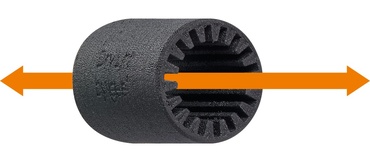
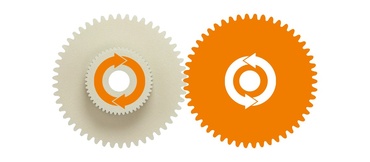
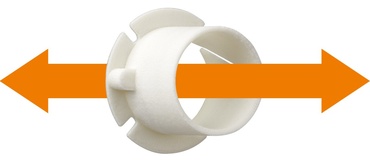
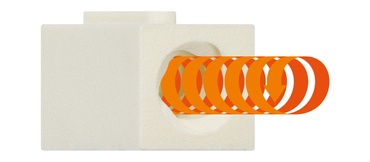
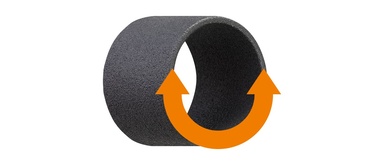
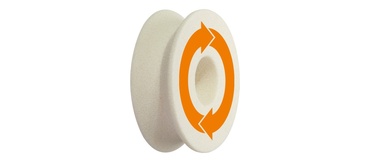
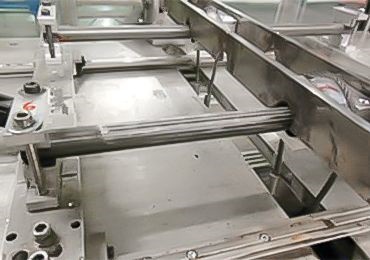
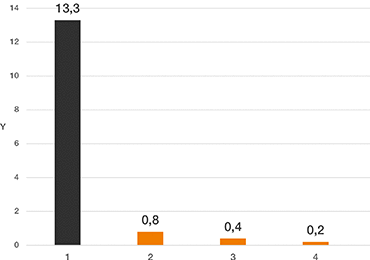
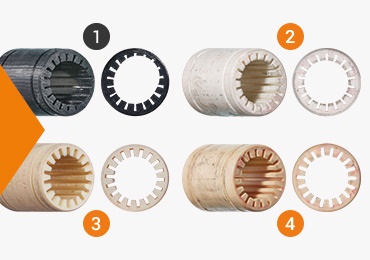
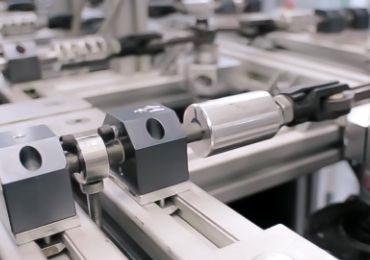
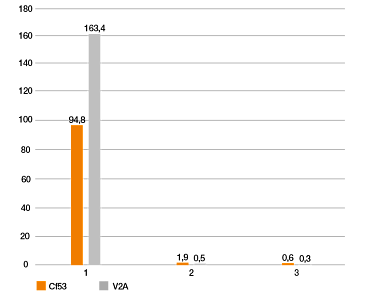
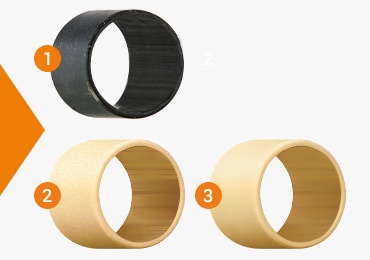
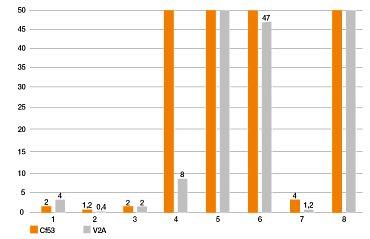
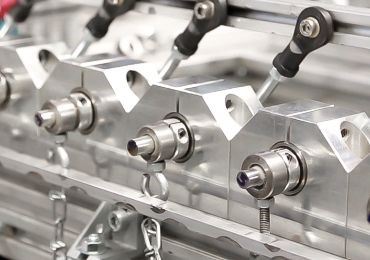
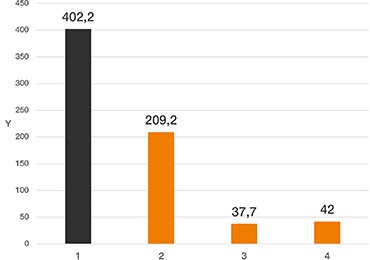
Y = wear rate [µm/km]
X-axis: materials under test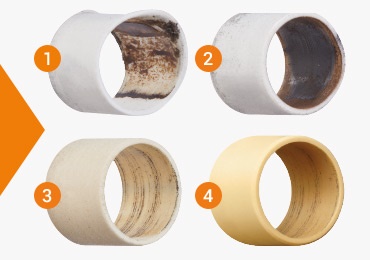
Test result:
In the pivot test, the tribological specifications of the iglidur filaments lead to an abrasion resistance that is up to 50 times higher than that of standard 3D printing materials (e.g. ABS). Wear-resistant polymer ensures a much longer service life of plain bearings and other components.How long will a printed iglidur bearing last in your application? Just enter the requirements and determine the service life online with our free plain bearing service life calculator.
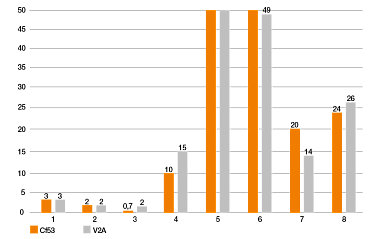
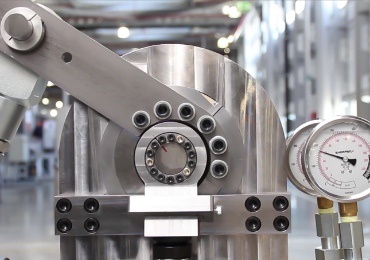
Test parameters:
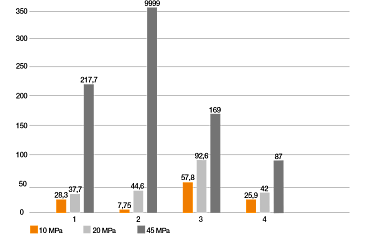
Y-axis: wear rate [μm/km]
X-axis: materials under testing
1. iglidur i3 (laser sintering 3D printing)
2. iglidur i180 (FDM 3D printing)
3. iglidur G (injection moulding)
4. iglidur W300 (injection moulding)
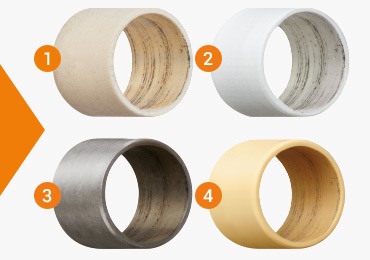
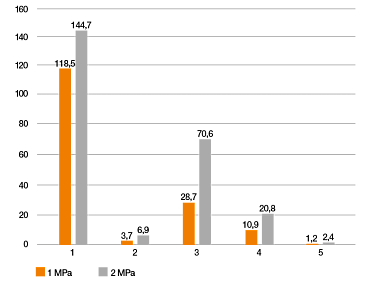
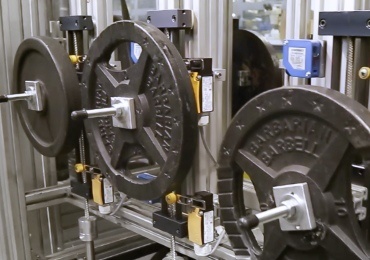
Test parameters:
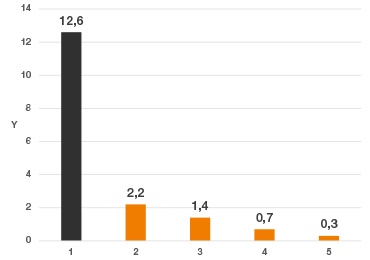
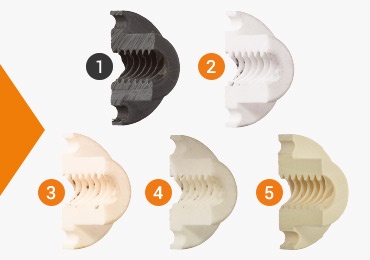
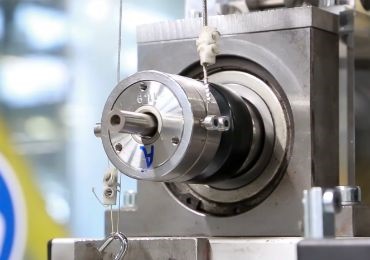
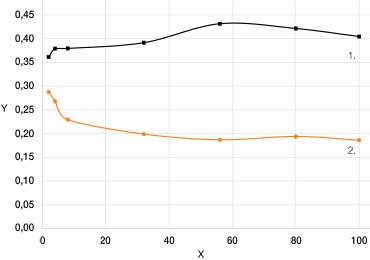
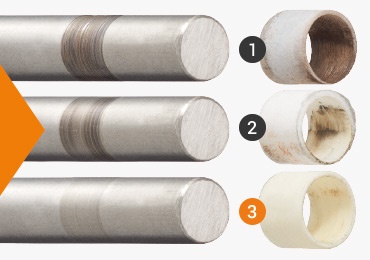
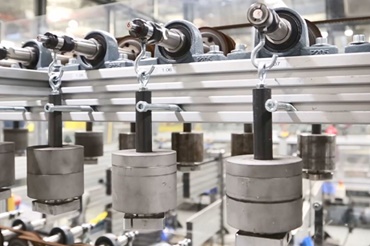

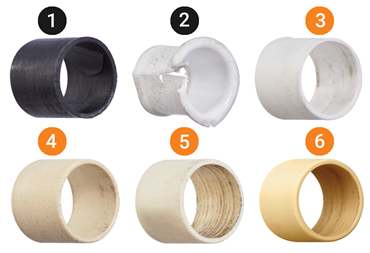
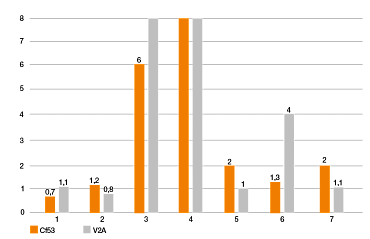
Test parameters:
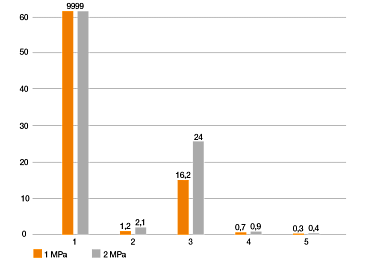
Test conditions:
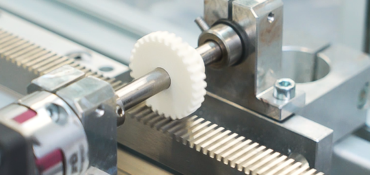
Test parameters:
Pivoting 1440°:
n = 64rpm
M = 2.25Nm
z= 30
m= 1
b = 6mm

Test parameters: